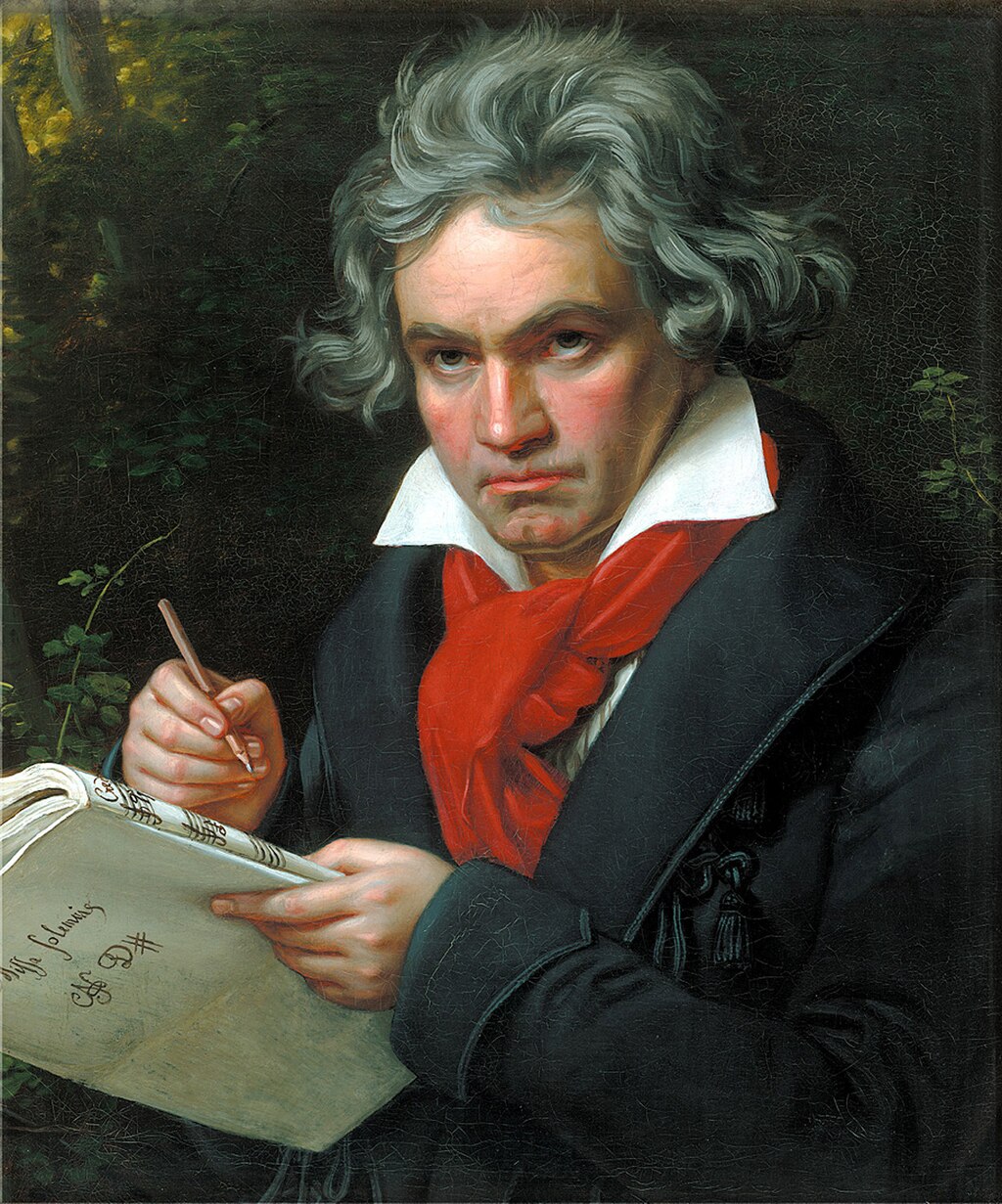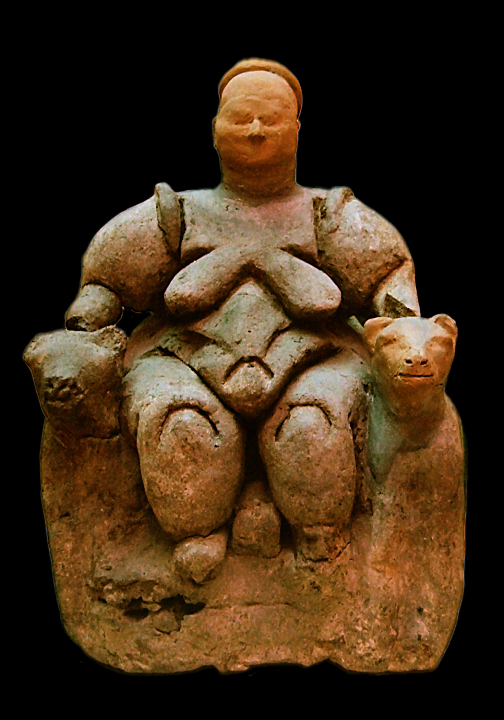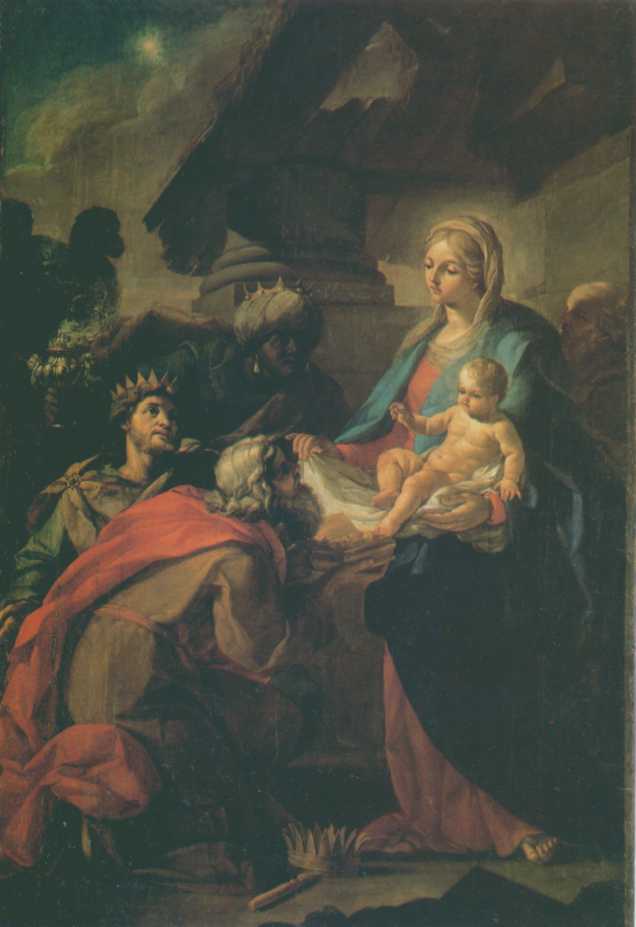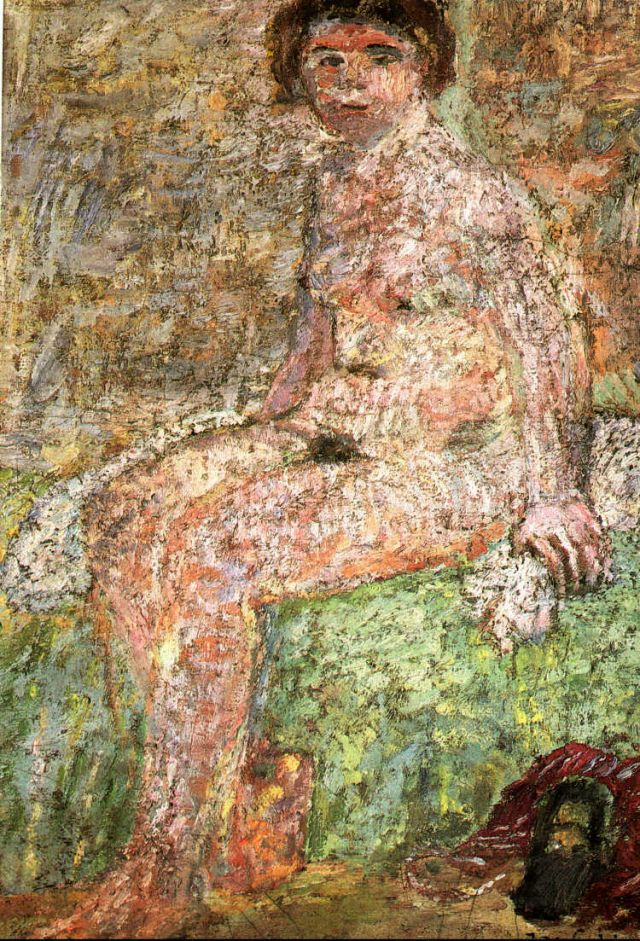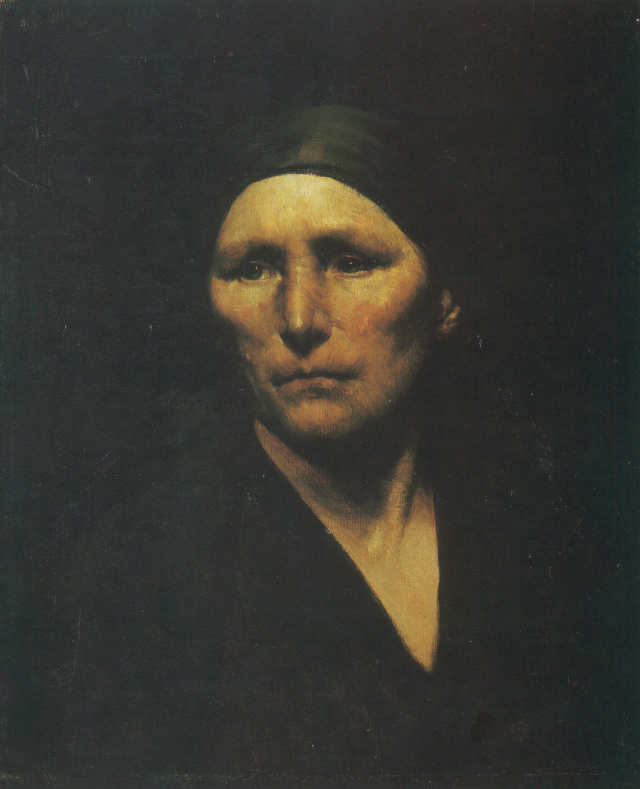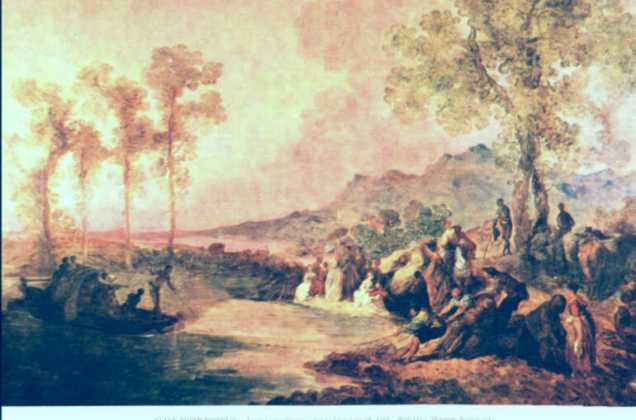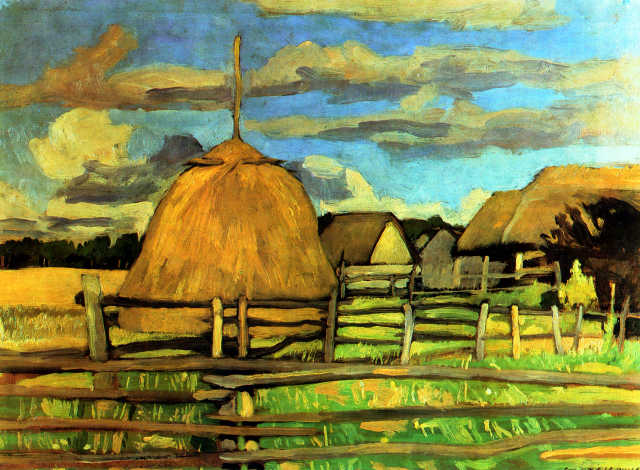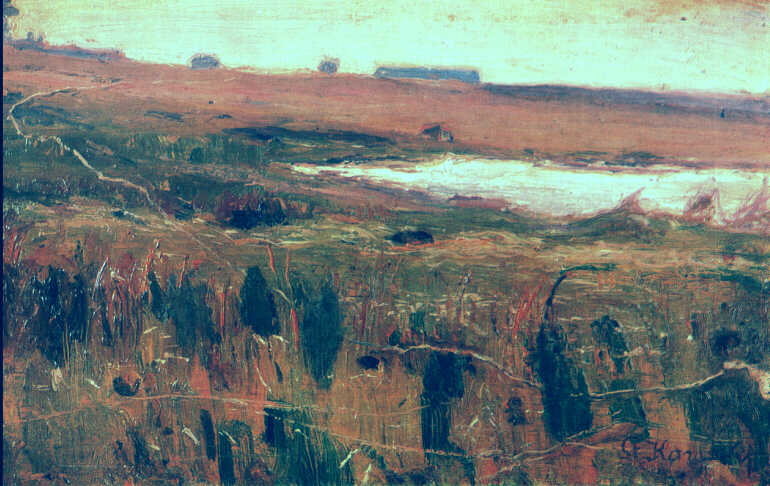
MANNERS, TRADITIONS, SLOVAKIA FOLKLORE
The Slovak folk calendar is full of customs and rituals that go back to the ancient Slavic magic. Most of them have absorbed Christianity. Because we come from the same circle of Christian culture, most of Slovak customs are known to us, however, there are also such, which only the inhabitants of southern Poland have heard of.
On New Year's Day, boys go around the houses with wishes of happiness and joy (a woman on that day would bring misfortune). Pork must not be missing on the table (symbolizing prosperity) and poppy seed cake (provide an abundance of money).
Faśiangy (mjasopust), the carnival from Epiphany to Ash Wednesday was a time of fun and frolics, echoes of ancient bacchanalia. The remnants were most lavishly celebrated (last faśiang) with games from Sunday to Wednesday, masquerades and feasts with an obligatory baking, donuts (pampuchy), lean, wine and beer. The symbolic funeral of the bass was held on Tuesday – all music was stopped during the seven weeks of fasting.
On Easter Monday, in addition to the well-known in Poland Śmigus-Dyngus in western Slovakia, girls were whipped with willow twigs – this custom was called śibaćka. For dousing or slugging (for one's health) the boys received Easter eggs-bunnies. Older housewives could also count on a special crank, intertwined of eight willow twigs decorated with ribbons.
The night before St.. George (24 April) it was a time for fires to be called in for the imminent call of spring. St.. Jerzy helped in matters of the heart.
Night with 30 April on 1 May belonged to the witches and strigoi, who held sabbaths in the bald mountains. In the evening, the shepherds scared them away by firing a whip. Juniper twigs were stuck on the door for the same purpose.
Putting maiks [May], cultivated to this day in many regions of Slovakia, comes from the ancient custom of blocking green branches on the roofs of houses to protect them from demons and disease. Later, they were placed in front of the seats of famous personalities, in front of churches and town halls, and even later, maiki were only placed by young men at the houses of their chosen ones. Maik was made of birch or juniper decorated with ribbons, which was tied to a high pole and set up before sunrise. If the girl liked maik, she was sending the boy a bouquet of herbs and flowers. In the evening, there was a party for young people.
The birth of the Virgin Mary falls 8 September is the beginning of Indian summer. It was believed, that whoever touches the thread of Indian summer, great luck awaits it.
15 September is Our Lady of Sorrows Day, which Pope Pius XI century 1927 r. proclaimed the patron of Slovakia.
Go home – ceremonial holidays ending the agricultural season – began on Sunday with a ceremonial dinner, which the whole family used to come to. Then there were feasts and dances until Monday evening. This tradition is still alive today in many regions of the country.
St.. Lucia was considered the day of the dark powers. According to the people it is a holiday, who replaced the Slavic deity, she was the greatest of witches (that is these, what they know); it was believed, that her flames do not interfere. That evening, women wrapped in white linen wandered around the villages, with candles at their faces. In some regions, they put hollow gourds on their heads. The only effective antidote to evil witchcraft was rubbing with garlic.
Slovak folklore, extremely diverse and rich, it fully embodies music and dance. In past centuries, each region had traditional dances and countless songs. W XIX w. several collections of folk texts and melodies were published in print. The most famous of them are Narodnie Zpiewanki J.. to the arms (1834), collecting 2,5 thousand. tracks, as well as collections (3 thousand. tracks) prepared by the Hungarian composer and folklorist Bela Bartok (1918), and the first professional folklorist, Karol Plicka (1939) – 8,5 thousand. tracks. Traditions of shepherd singing, Zbójnickich, love, mining, ceremonial, military, recruiting, drunken and playful, just like the dances – pageants, vertebrae, hajduków, chardash and polek – are nurtured by countless folk groups. There are also several professional song and dance groups operating in Slovakia (m.in. SWALLOW, Light house, PULS, Ifju szfvek or university: Technology, Gymnik, Economist). Each year, mostly in summer, folklore festivals take place in all corners of the country, some internationally. The most famous and biggest are the events in Vychodna, Detvie, Terchowa, Released, Lućenac, Meows, Skalitem, Oravicach, Banska Bystrzyca, Rejda, Stones, Raslavcach and Humennem.
The international folklore festival named after Bratislava is held annually in Bratislava. Svetozara Stracainy - a very interesting prestigious event presenting, on the one hand, pure folk music of Slovakia, and on the other, processed folklore and international folk. Radio Słowackie in Bratislava is probably the only radio station in Europe, having its own folk orchestra.
Holidays in Slovakia:
• 1 January – Celebration of the foundation of the Slovak Republic
• 6 January – Three Kings
• Easter
• 1 house – Labour Day
• 8 house – Victory Day
• 5 July – Saints Cyril and Methodius Day
• 29 of August – Anniversary of the outbreak of the Slovak National Uprising
• 1 September – Celebration of the Constitution of the Slovak Republic
• 15 September – Feast of Our Lady of the Seven Sorrows, patroness of Slovakia
• 1 November – All the saints
• 24-26 of December – Christmas
